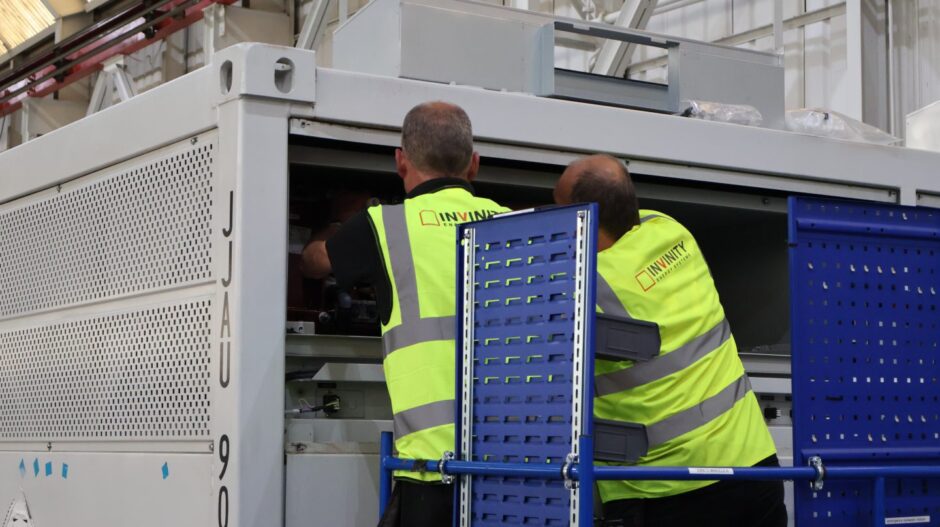
Motherwell may not be the first place that comes to mind when speaking of the UK’s renewable energy transition, but it could soon be at the forefront of a promising battery storage technology: vanadium flow batteries (VFBs)
Last week, Invinity Energy Systems (LON:IES) officially opened in the city, 20 minutes outside Glasgow, where it plans to assemble modular long duration energy storage (LODES) batteries.
Speaking to Energy Voice, Invinity chief commercial officer Matt Harper said VFBs have many of the same capabilities as the more widely used lithium-ion variety.
With the UK looking to introduce a “cap and floor” mechanism for LODES, Invinity CEO Larry Zulch said he hopes the firm’s VFBs could soon be “flying off the shelves”.
In addition, Invinity is set to launch its next generation ‘Mistral’ VFB later this year, developed in partnership with wind turbine manufacturer Siemens Gamesa.
Alongside the cap and floor, Invinity expects Mistral to significantly reduce costs and increased demand, with its sales pipeline already growing 170% in 2023.
To meet that demand, Invinity has opened a new facility in Motherwell to increase its production capacity to over 500 MWh per year.
The investment is expected to create around 40 jobs, in addition to those already employed at Invinity’s existing site in Bathgate.
Invinity Motherwell site
The new battery manufacturing facility is on the site of the historic Motherwell Bridge Corporation,
Invinity vice president of manufacturing operations Paul Docherty said the regeneration of the 99-year-old site is a symbol of Scotland’s energy transition.
Motherwell Bridge was established in 1898 and became known for creating renowned Scottish landmarks including the glass-walled railway bridge, the “Heilanman’s Umbrella”, at Glasgow’s Central Station before moving into energy sectors.
“This building used to make bridges, it moved into oil and gas, it’s moved into nuclear and making products for all of those sectors,” Docherty said.
“We are regenerating an old building into renewables.”
Invinity Vanadium Flow Battery
Speaking to Energy Voice, Invinity chief commercial officer Matt Harper said VFBs have many of the same capabilities as the more widely used lithium-ion variety.
“Lithium-ion batteries have made great progress in terms of delivering some of the peaking and regulation capabilities that are required on the grid,” Harper said.
“They’ve done a phenomenal job of doing that.”
Instead of trying to compete with lithium batteries on short duration, Harper said Invinity is focused on taking low-cost renewable energy and delivering it on demand, 24 hours a day.
The ability to provide LODES is made possible by some of the unique characteristics and advantages vanadium has over lithium, including the ability to charge and discharge continuously without degrading.
Local manufacturing
The impetus for investing in local manufacturing comes from one of the disadvantages of VFBs, which are far heavier than their lithium counterparts.
“Every one of our batteries is packaged inside of a 20-foot shipping container, and that thing weighs 26 tonnes,” Harper said.
“What that means is that there’s a tremendous economic imperative to manufacture those very close to where they’re going to end up being used.”
While it is more expensive for the final manufacturing to take place in Scotland or Vancouver, where Invinity also has a plant, Harper said the firm can take advantage of skilled local talent.
“The reason that we’ve got that factory in West Lothian is because we’ve got a phenomenal pool of very talented workers who have been trained by the oil and gas industry… who are very good at doing the final assembly work needed to put these batteries together,” he said.
“If this energy transition is going to be successful, it has to generate the same kind of jobs, the same kind of economic opportunities and the same kind of industry, as we have had in the past with more conventional energy.”
Renewables Scotland’s ‘new oil and gas’
Prior to joining the firm six years ago, Invinity director of applications engineering Nicola Watson worked in the UK oil and gas sector for a metering company.
“That has transitioned very nicely to this, because flow metering for batteries is kind of the same technology,” Watson said.
Making the move into an industry supporting renewable energy projects felt like “the way forward”.
“I think renewables [today] is where oil and gas was in the 1970s,” Watson said.
“The skillset in renewables is sought after and the more people that can change to be in that skillset, the better.”
But Watson said her main motivation for making the switch into VFBs was her two children.
“I don’t want them growing up in a world where oil and gas is predominately the fuel [we use],” Watson said.
“This is the way to go, we need to store our energy. We can create all the energy we want in the world when the sun’s shining and the wind’s blowing, but when you don’t have that, you need to store it.”
“Local jobs, local manufacturing, it’s great for the Central Belt of Scotland.”
Long duration energy storage
The benefit of local manufacturing jobs has attracted the attention of the UK, Scottish and Canadian governments, alongside investment in Invinity from the UK Infrastructure Bank (UKIB).
UKIB director of banking and investments Adam Howard said the UK government sees LODES as “very important to the energy transition”, and assessed Invinity as one of the most promising options in terms of technological readiness.
Howard also acknowledged significant challenges in making VFBs competitive against other forms of energy storage, like pumped hydropower, and gas peaking.
“There’s a lot of exposure to volatility in prices and as the company grows… you need to make long term decisions and to work through that,” he said.
“It’s a really complex revenue cycle.”
‘Cap and floor’ mechanism
But Howard said with “strong policy support” for LODES, the UK government can achieve similar success to that seen in the offshore wind sector.
Earlier this year, the former Conservative government announced its intention to develop a “cap and floor mechanism”, similar to the Contracts for Differences scheme, to overcome investment barriers in energy storage.
Crucially for Invinity, the support scheme will exclude lithium-ion batteries because these projects are seen as being commercially viable already.
Alongside flow batteries and pumped hydro, other eligible technologies include compressed air and liquid air energy storage systems.
Howard said the new Labour government showed “very clear support” towards the cap and floor in its manifesto.
“Opening up that sector in the UK provides that visibility of the revenue cycle, which allows for the sale of these products abroad,” he said.
Alongside its facilities in Scotland and Canada, Invinity is also exploring options to establish production in the US to take advantage of the Inflation Reduction Act.
In recent years, VFB manufacturers including Austria’s CellCube and Japan’s Sumitomo Electric have also started to ramp up production globally.
As a result, Harper told Energy Voice that Invinity is still looking to grow its capabilities in the UK and establish itself as a leading LODES provider in Europe.
“We are looking to grow our capabilities, we’re always looking for new and talented people,” he said.
“We’re going to need all the the potent brains we can get to help us accelerate this journey.”
Vanadium vs lithium-ion batteries
Also known as vanadium redox flow batteries, the technology behind VFBs first emerged in the 1970s in an era of energy price shocks.
NASA scientists designed a new type of liquid “flow” battery using iron-chromium redox, which contained no corrosive elements and was easily scalable for energy storage.
In the 1980s, a researcher at the University of NSW in Sydney later developed a flow battery which used vanadium instead of iron and chromium.
Maria Skyllas-Kazacos filed a patent on the technology in 1986 and installed an 800kWh prototype system in Japan.
But speaking to Australia’s ABC News, Professor Skyllas-Kazacos said there was no market for energy storage at the time and the invention was “20 years too early”.
But as countries deploy more renewable energy into their systems, energy storage has become increasingly important to ensuring security of electricity supply.
Lithium-ion batteries emerged as the early technology of choice for grid energy storage, thanks to greater production capacity and lower upfront costs.
The first utility scale battery energy storage system (BESS) demonstration was installed in the US in 2012 and just five years later, the South Australian government completed installation of the first 100MWh BESS in partnership with Tesla, the world’s first “big battery“.
Vanadium advantages
But while lithium batteries have dominated the early stages of battery storage, vanadium is increasingly being looked at for its long duration capabilities.
Harper said Invinity wants to move beyond using batteries to fill high demand periods, and reach a point where solar or wind can provide consistent baseload power.
This is where the “extremely durable” VFBs come in.
“The technologies that are going to stand alongside wind and solar projects are going to need to have the same asset life as those wind and solar projects,” Harper said.
“Wind and solar are being built over 20 to 30 year timelines, so in our view the battery that is an ideal partner for those projects is going to have to have that same asset life and that’s one of the things that our batteries can deliver.
“Whereas lithium-ion batteries, that degrade every time you charge and discharge them, currently can’t do that.”
Safe and recyclable
Another advantage of VFBs is that they are “fundamentally non-flammable”, unlike their lithium counterparts, making it safer for the batteries to be installed close to businesses and residential areas.
Harper said Invinity VFBs are one of the only non-lithium battery technologies that has been deployed at scale.
“We’re now operating projects in the tens of megawatt hours, and we’ve got ambitions with our next generation product going into the hundreds of megawatt hours to even gigawatt hours with capacity,” he said.
VFBs are also predominately made from very common commodity materials, making them much easier to recycle.
They also don’t require other minerals such as cobalt, which is primarily sourced from conflict regions such as the Democratic Republic of the Congo.
“We have huge advantages over lithium batteries where you’re seeing significant bottlenecks in the supply chain,” Harper said.
Today, vanadium is most commonly used in steelmaking and its pricing can be volatile, but Harper said with demand for VFBs increasing more supplies are coming online.
In addition, Invinity research scientists are also working on methods to use lower grade vanadium while maintaining the same performance, which could further reduce costs.
Invinity demand
A key part of Invinity’s strategy is to create modular products that can be deployed at the required scale, rather than the more expensive bespoke projects seen in China.
By creating a standardised VFB product, Invinity hopes to significantly bring down its costs to where it can compete with lithium and other energy storage options.
The goal is to achieve a levelised cost of storage (LCOS) of $50 per MWh or less, a target set by the US Department of Energy (DoE).
Invinity is already partnering with the UK and US governments on demonstration projects to prove its VFBs in the field.
The UK Department for Energy Security and Net Zero granted Invinity £11 million for its VFB LEAD project in Oxford.
Next-generation ‘Mistral’ battery
Meanwhile in the US, the DoE selected Invinity’s next-generation ‘Mistral’ VFB for use in 84 MWh worth of storage projects.
Developed alongside wind turbine manufacturer Siemens Gamesa, Invinity says Mistral “promises to be more capable, more scalable, and more economical” than other energy storage.
Invinity received its first commercial order for a Mistral array from Taiwanese firm Everdura last year, and signed a strategic manufacturing deal in February.
Overall, Invinity recorded an 800% rise in shipments and a 170% increase in its sales pipeline in 2023, with projects already underway in Australia, Canada and Orkney.
With interest expected to grow following the launch of Mistral later this year, Harper said the team in Motherwell will be working to ramp up production.
“We are looking to grow our capabilities, we’re always looking for new and more talented people to come join our team,” he said.
“We’re going to need all the potent brains we can get to help us accelerate this journey.”
Recommended for you

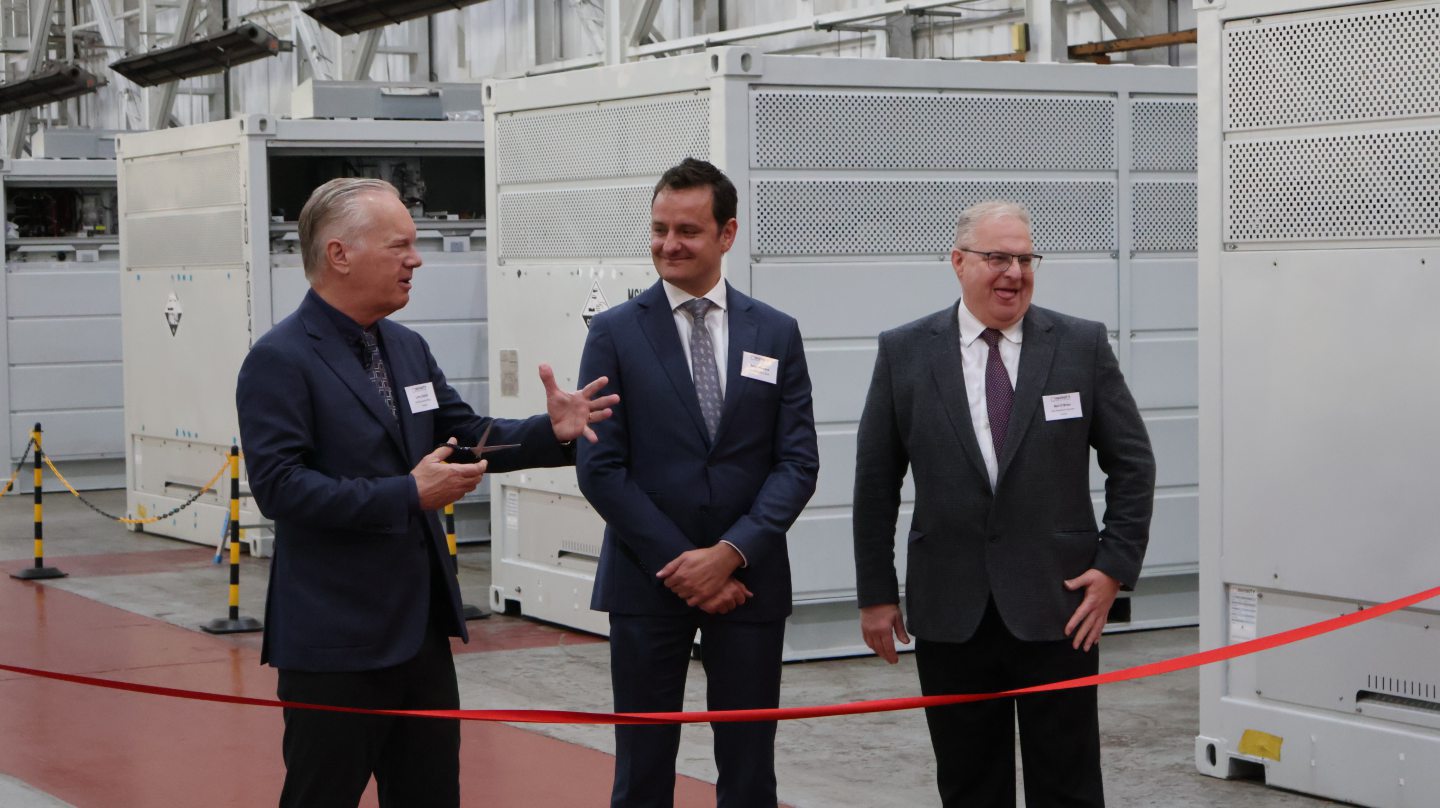 © Mathew Perry/DCT Media
© Mathew Perry/DCT Media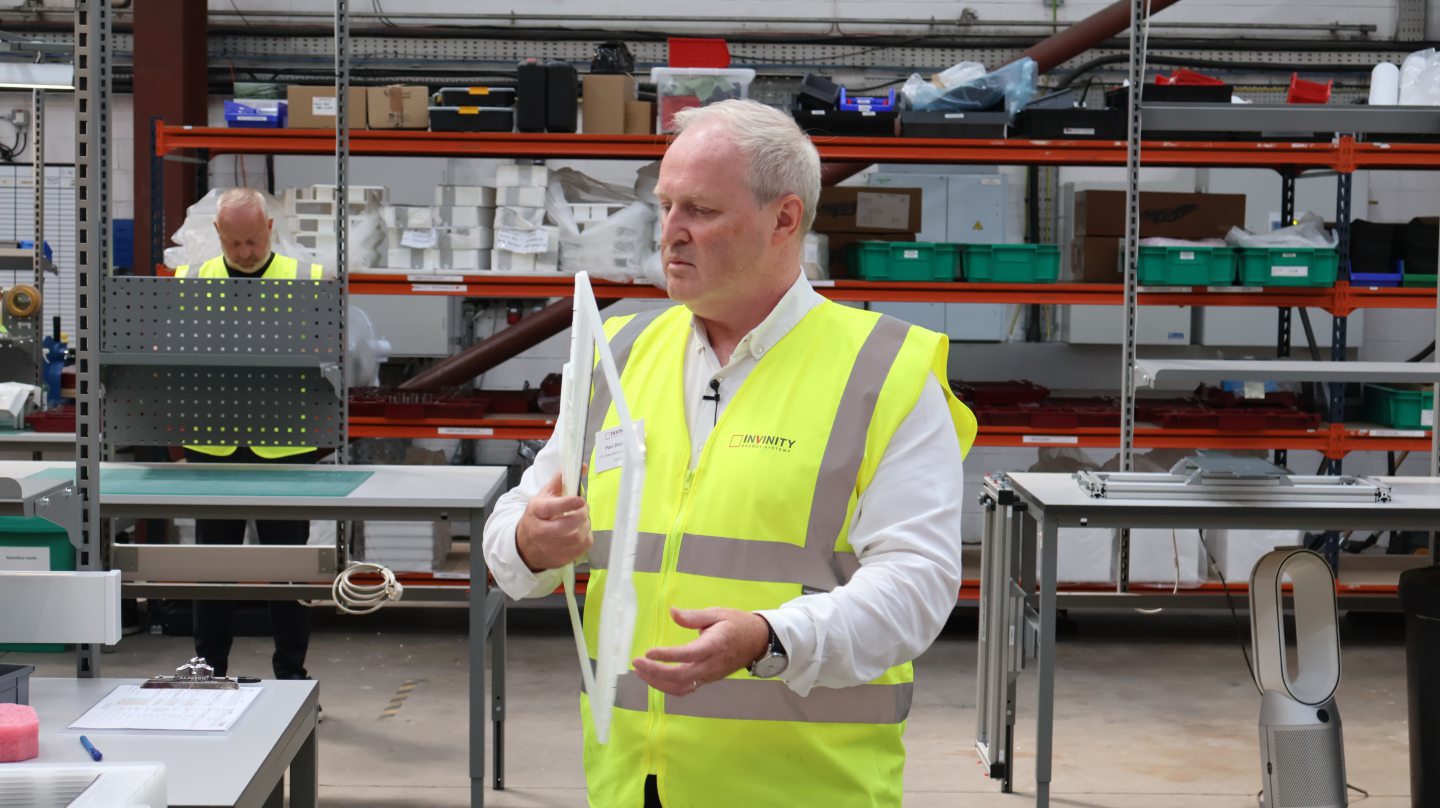 © Mathew Perry/DCT Media
© Mathew Perry/DCT Media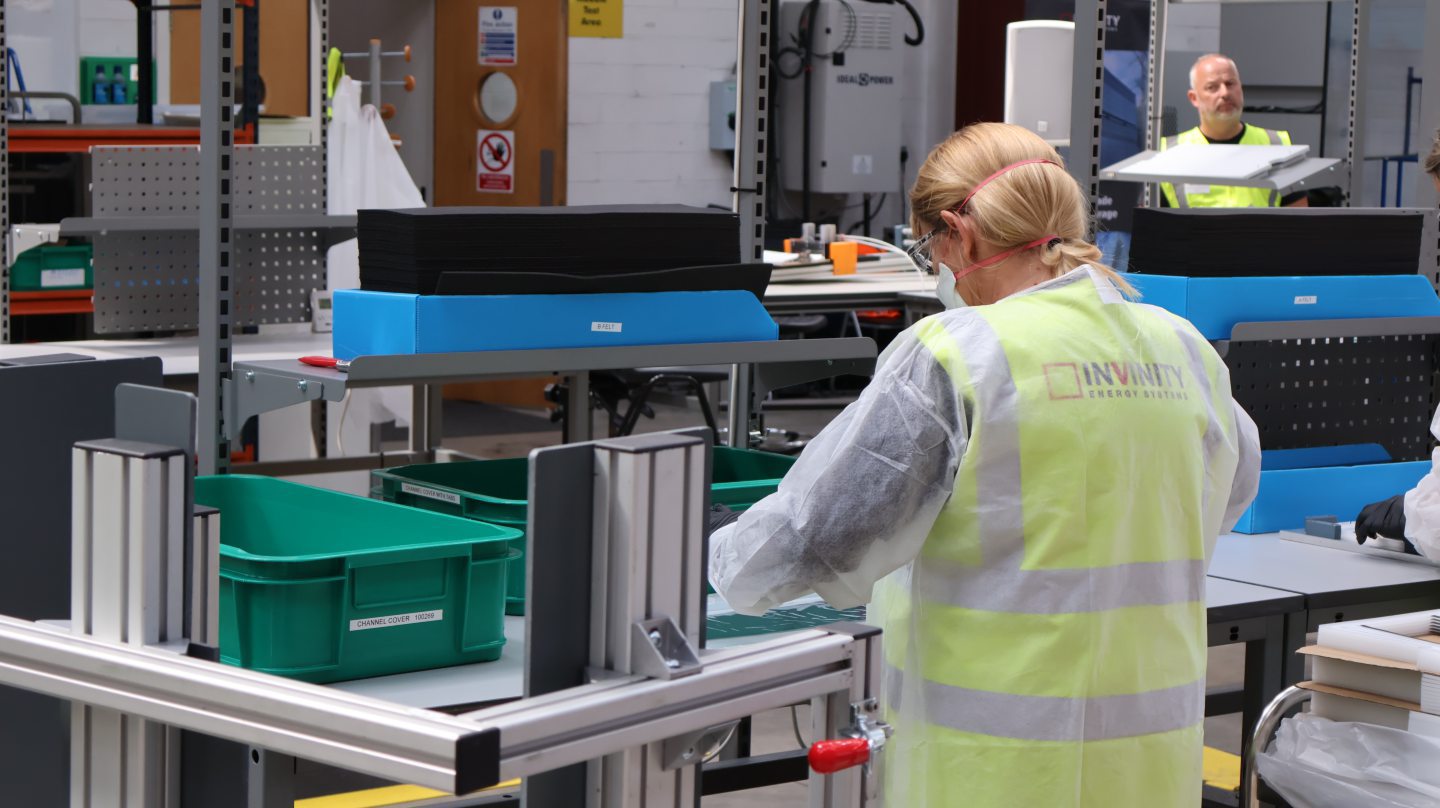 © Mathew Perry/DCT Media
© Mathew Perry/DCT Media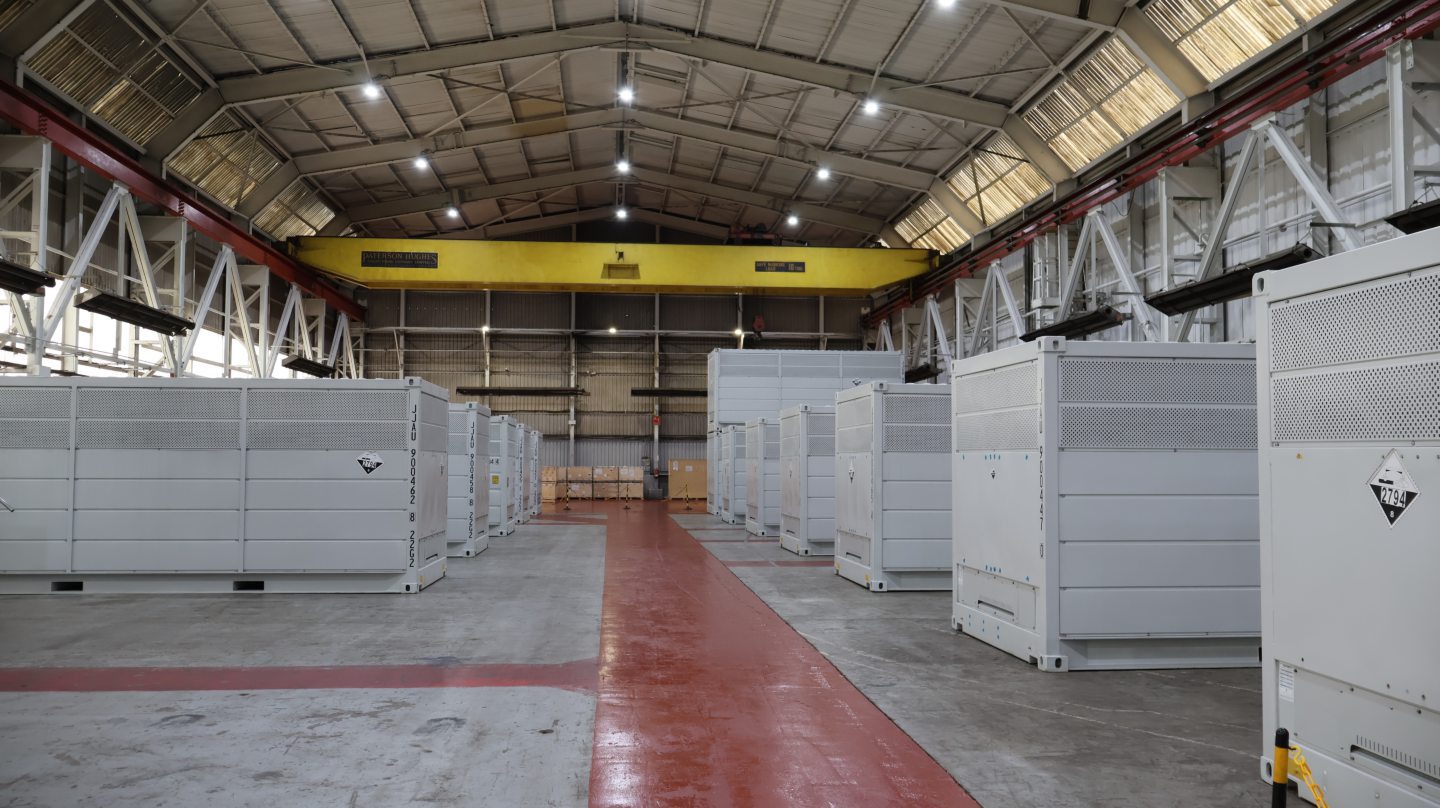 © Mathew Perry/DCT Media
© Mathew Perry/DCT Media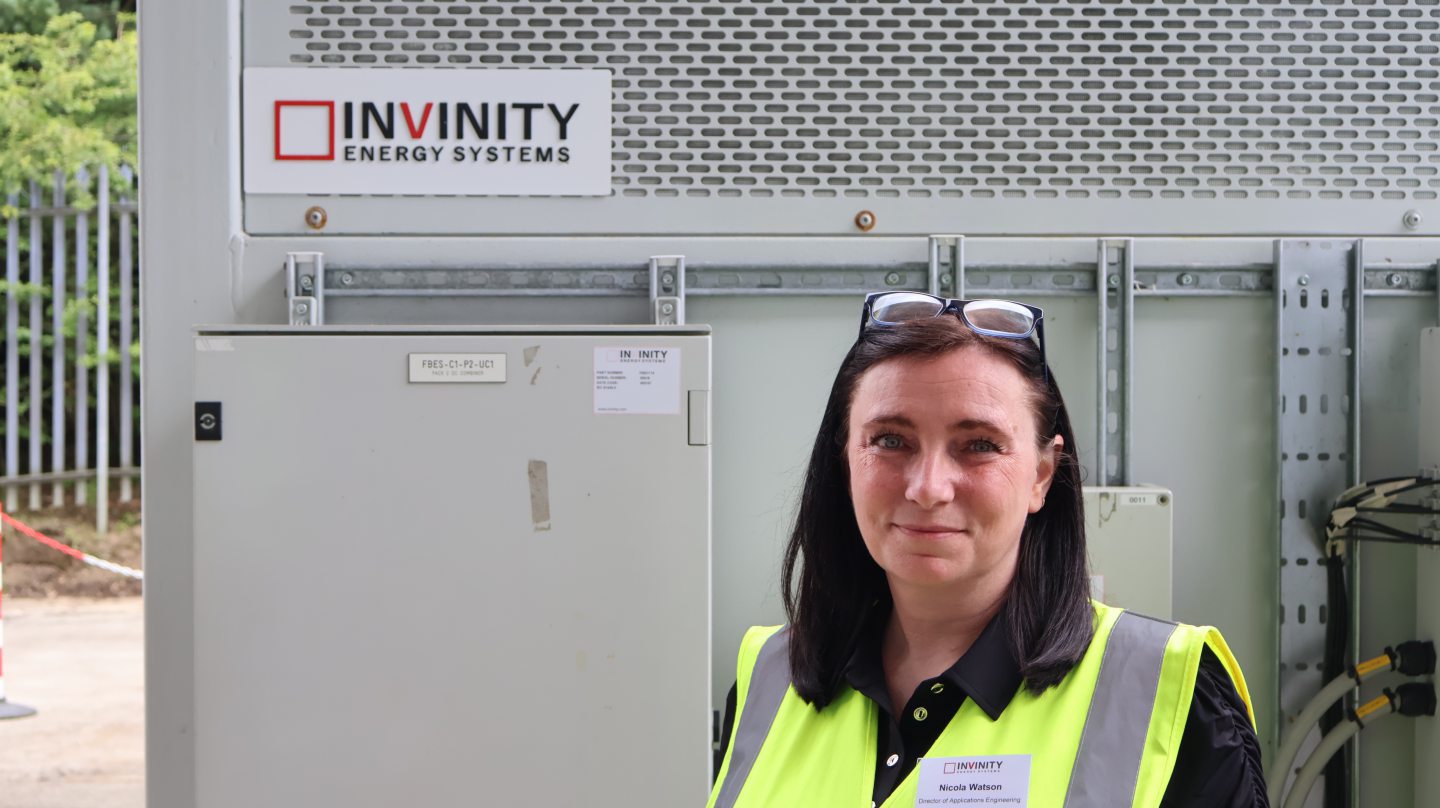 © Mathew Perry/DCT Media
© Mathew Perry/DCT Media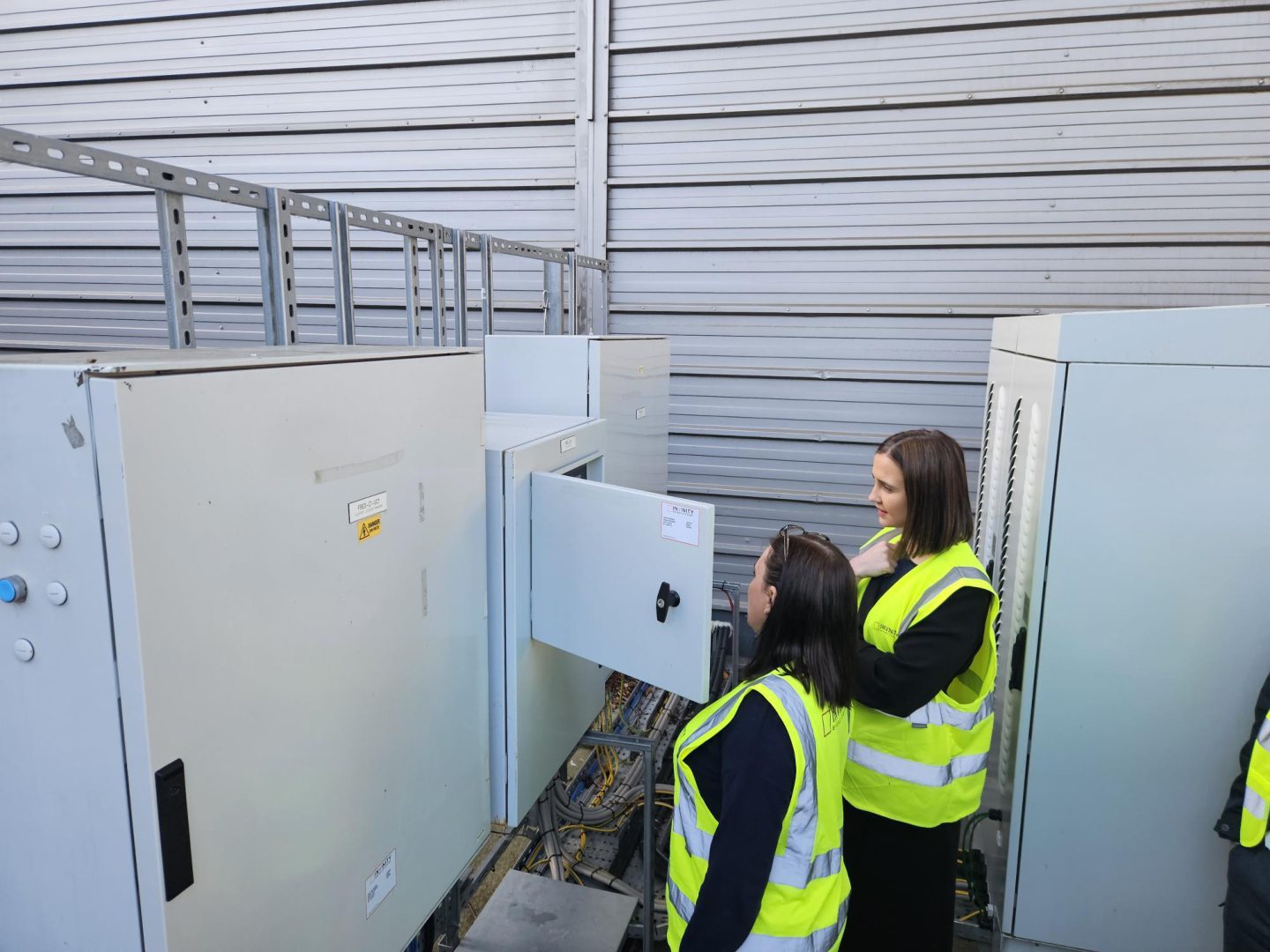 © Image: Invinity Energy Systems
© Image: Invinity Energy Systems © Supplied by Drax
© Supplied by Drax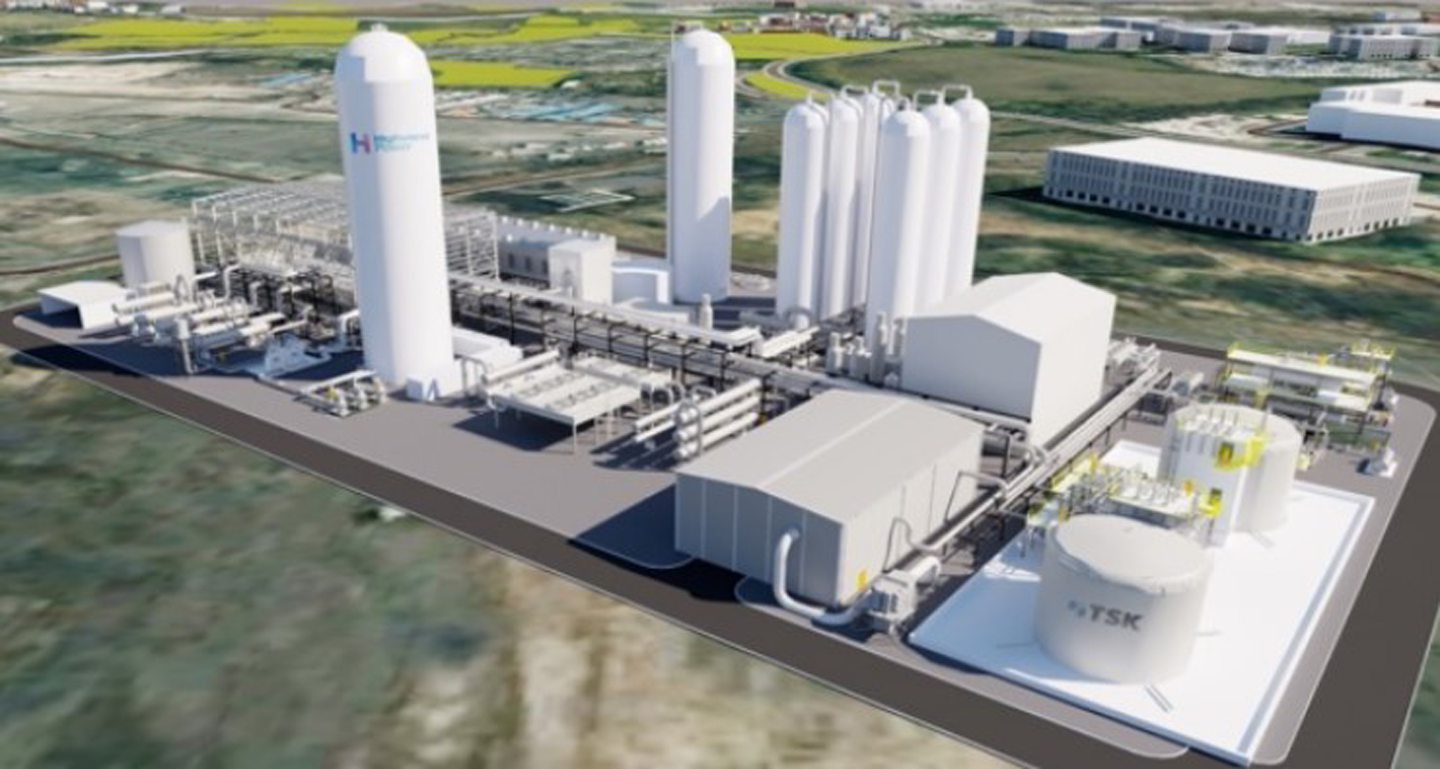 © Supplied by Bilfinger
© Supplied by Bilfinger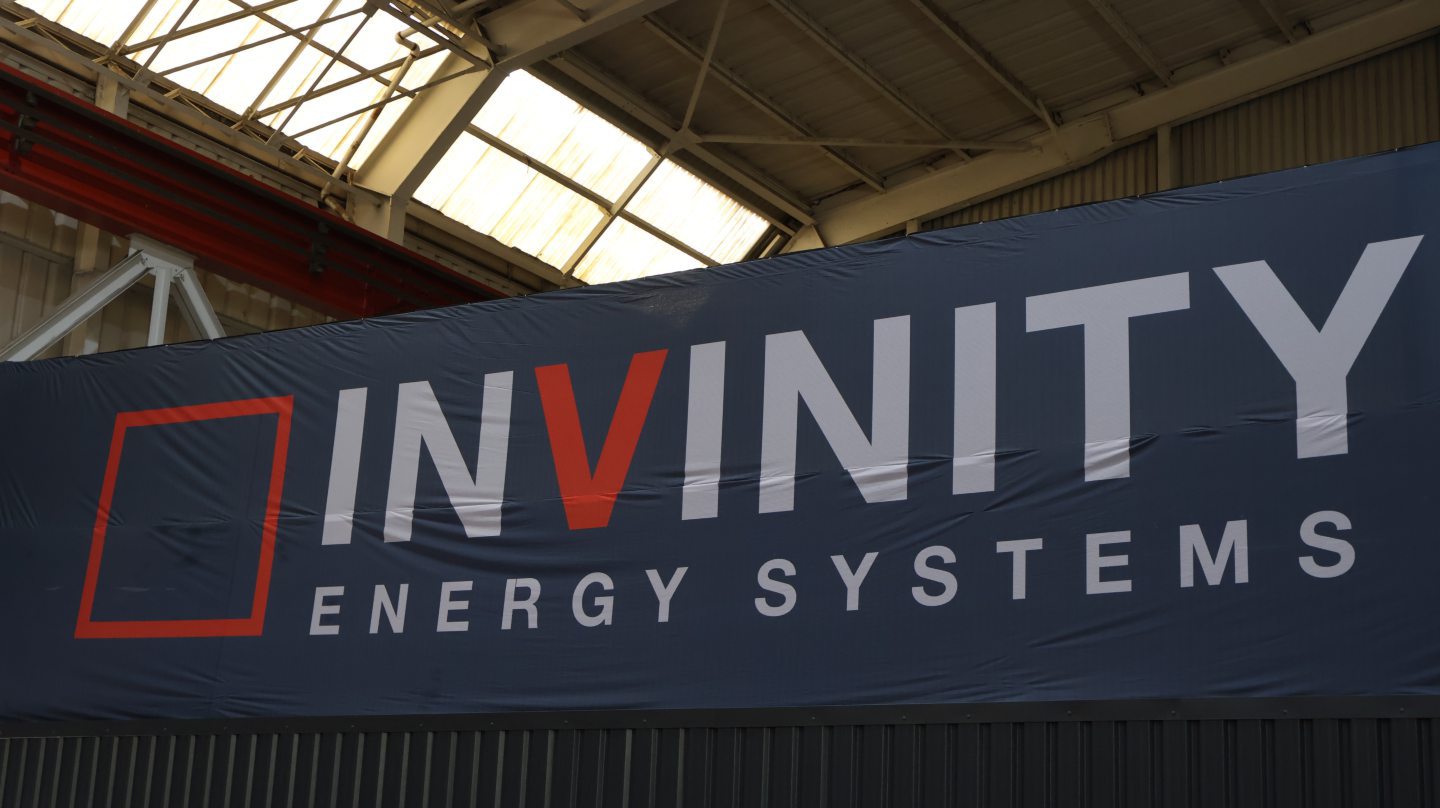 © Mathew Perry/DCT Media
© Mathew Perry/DCT Media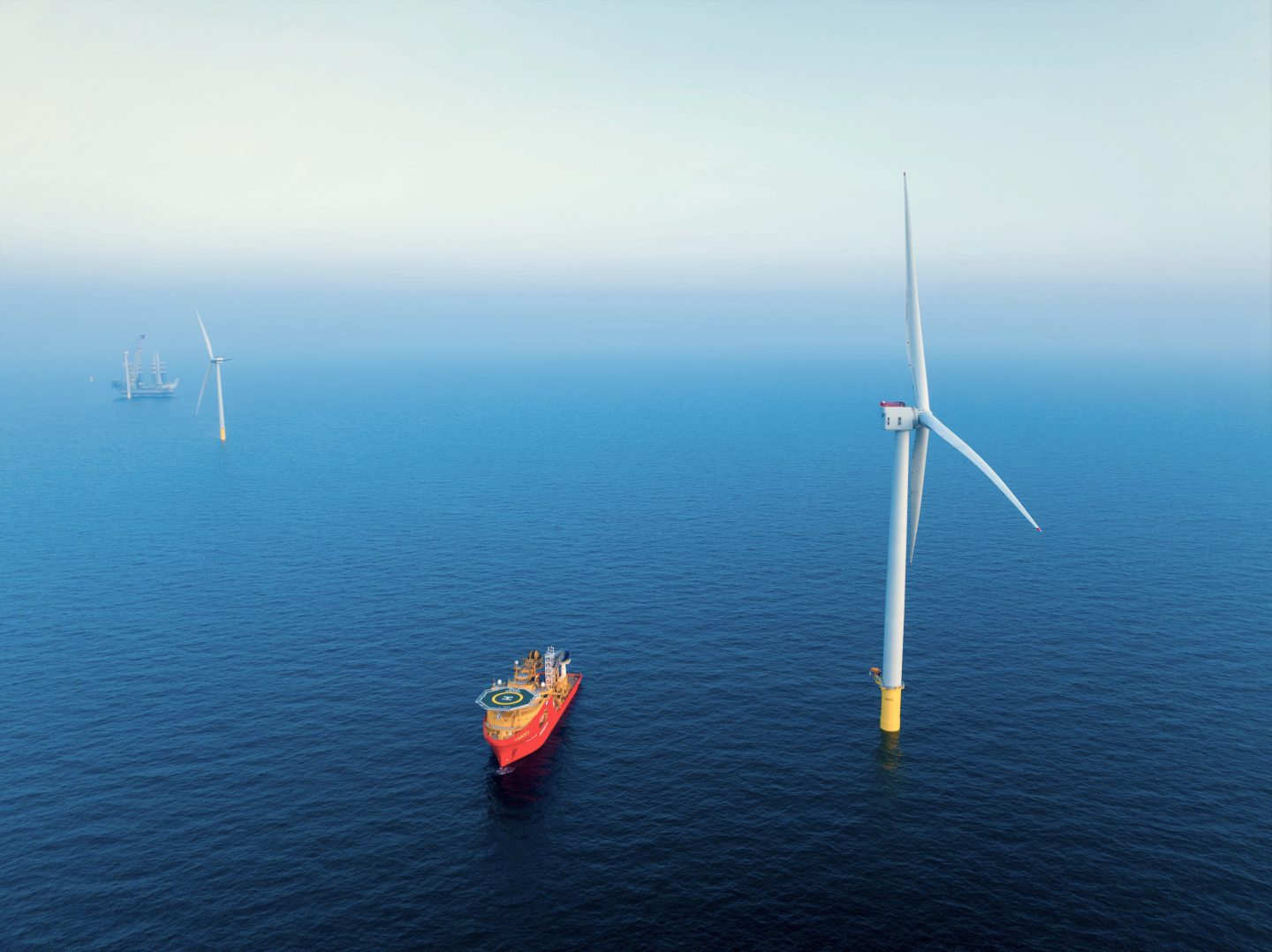 © Supplied by SSE
© Supplied by SSE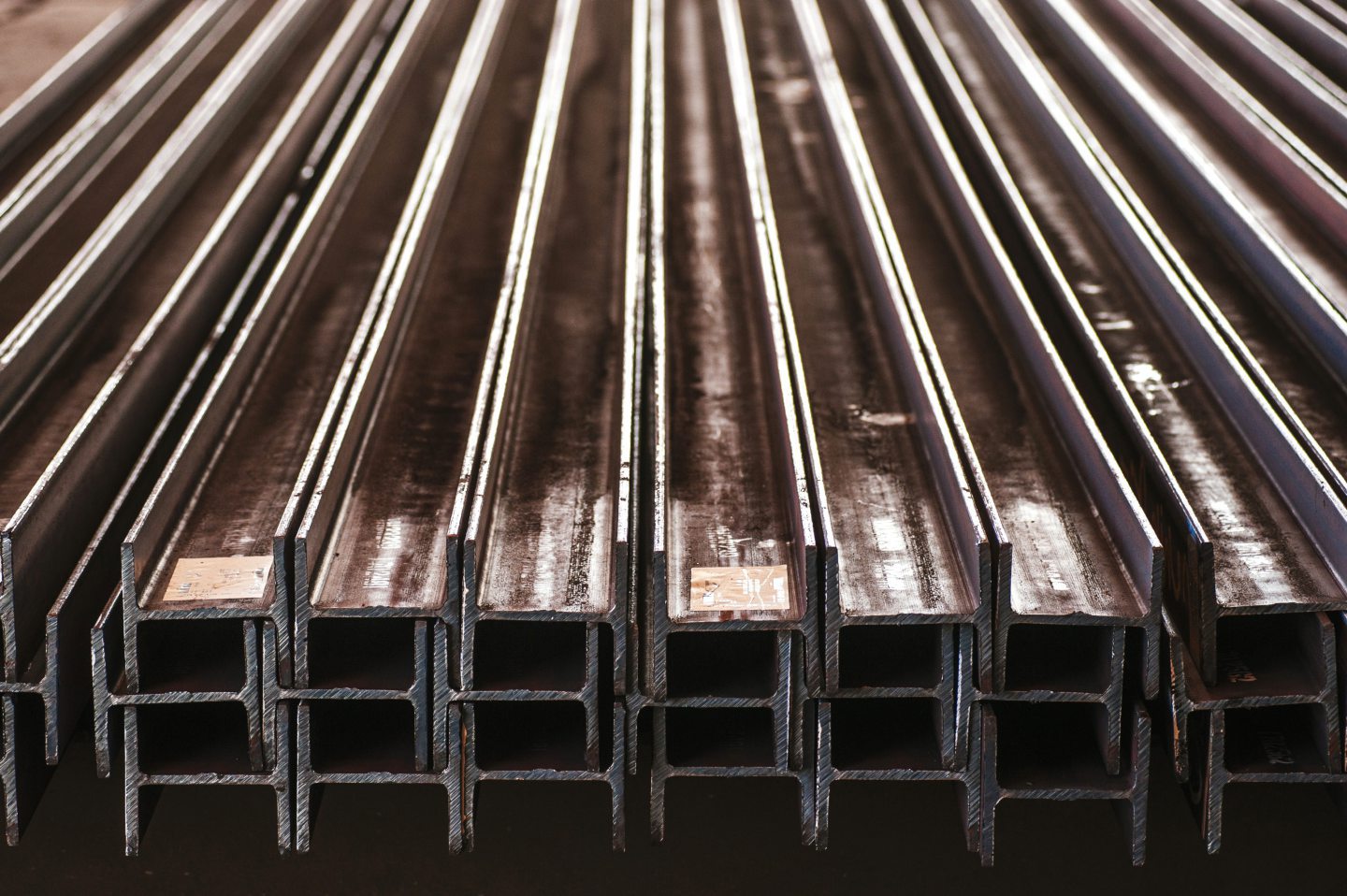 © Bloomberg
© Bloomberg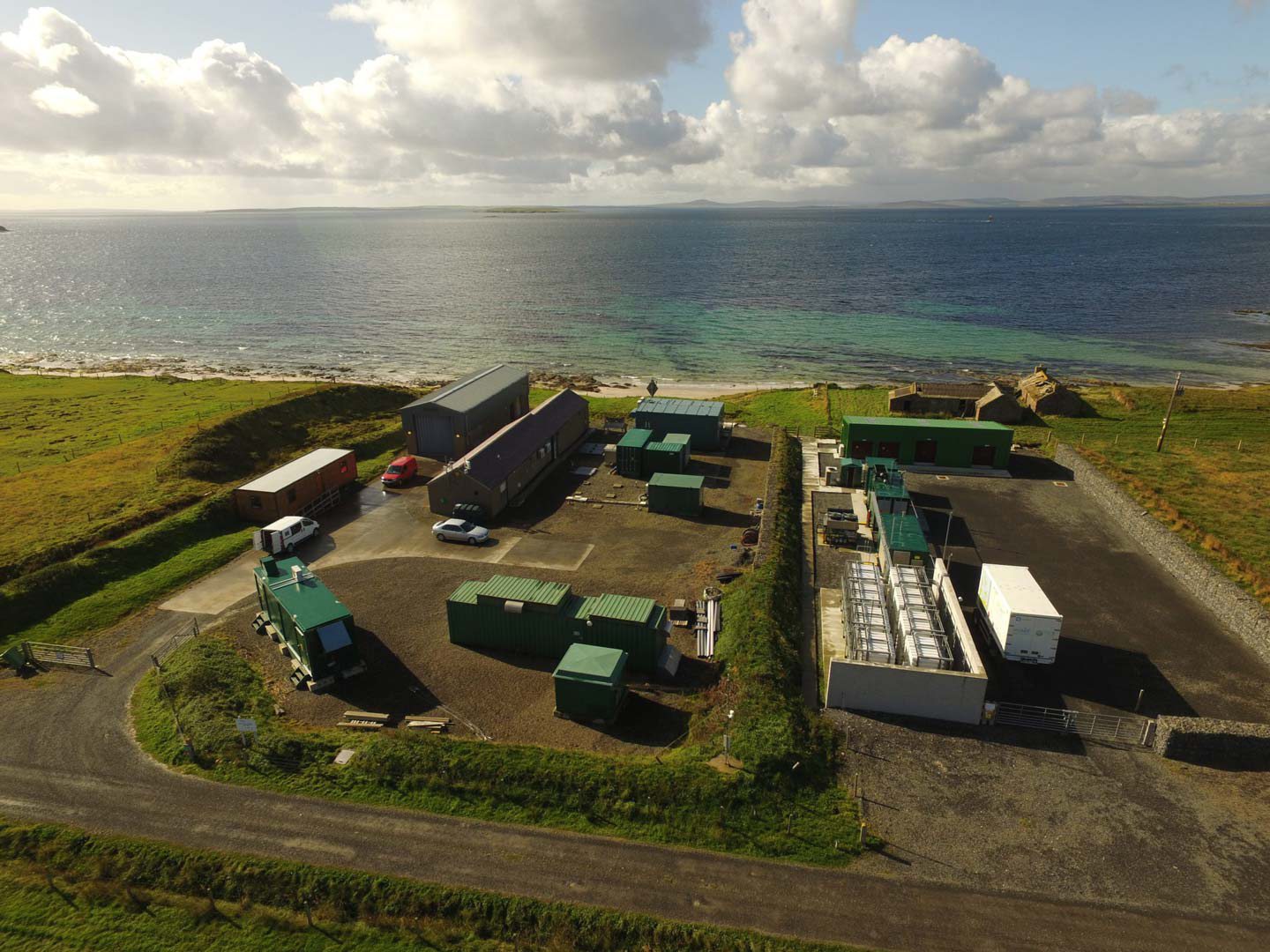 © Image: Invinity Energy Systems
© Image: Invinity Energy Systems